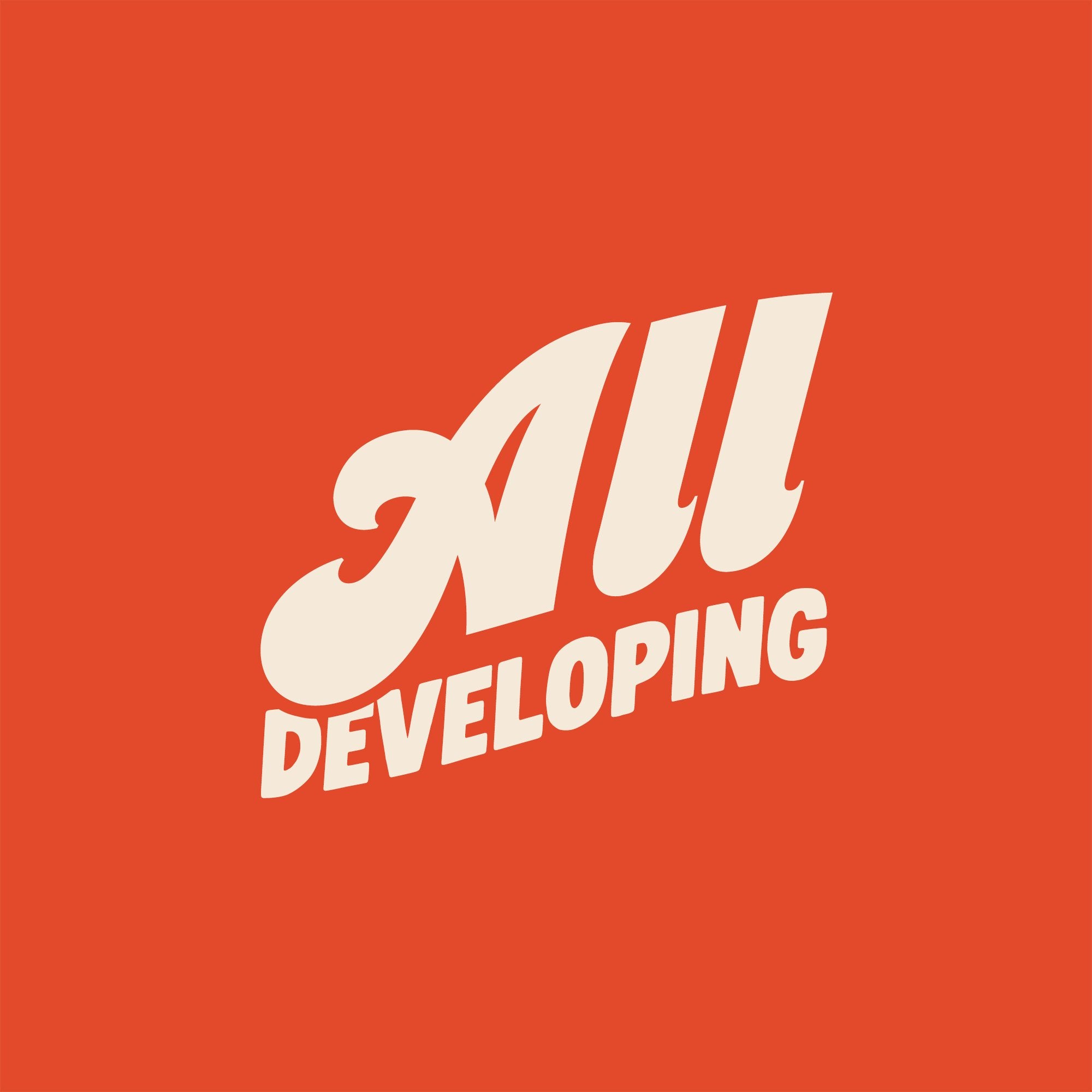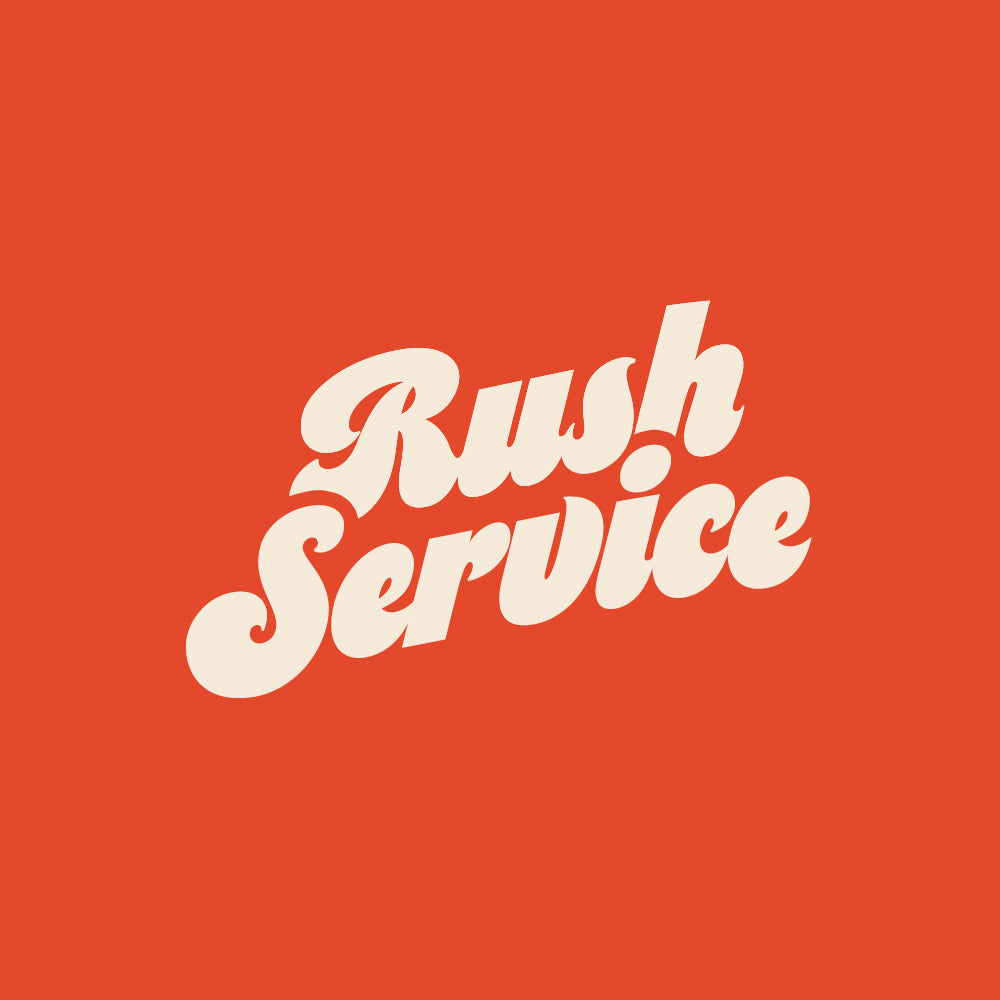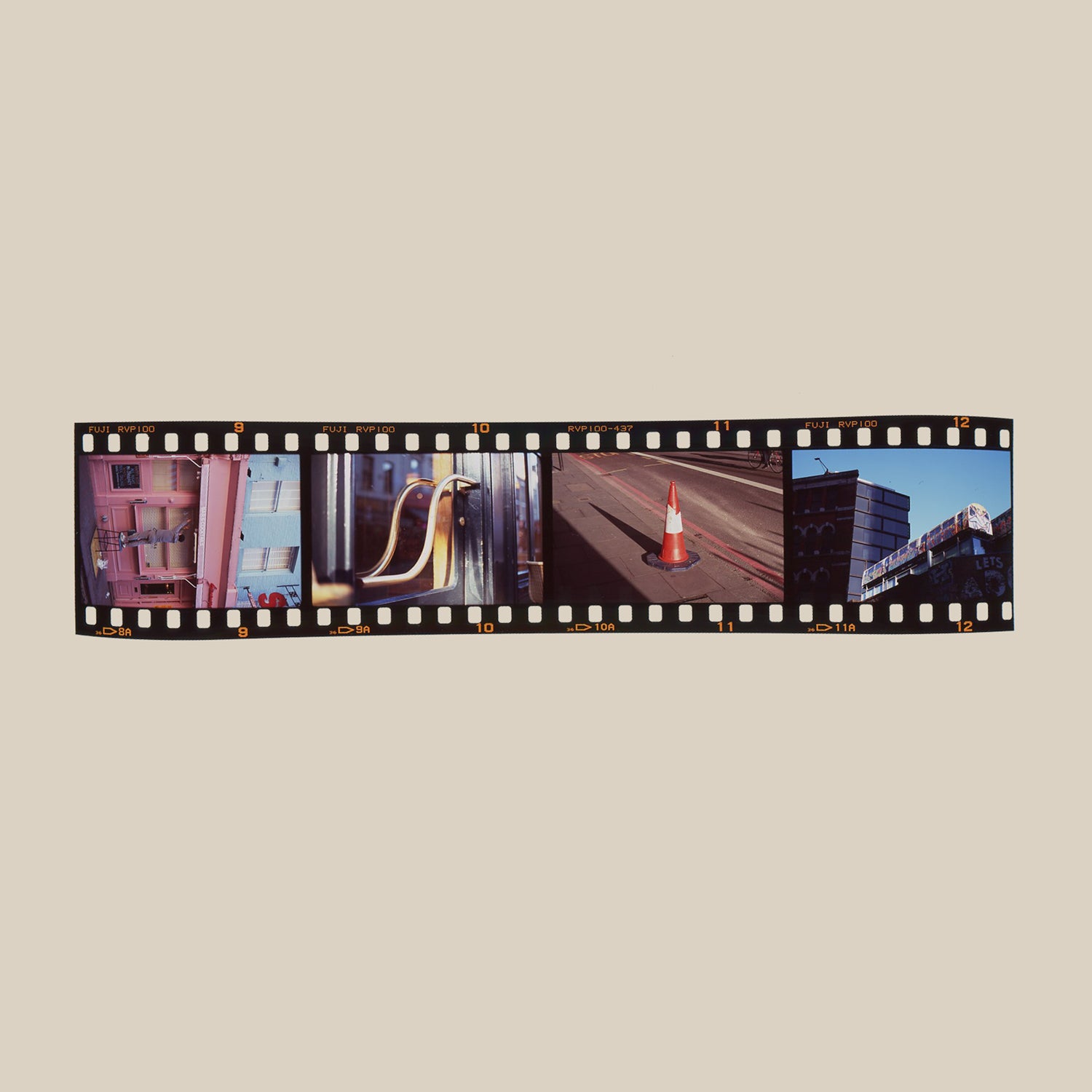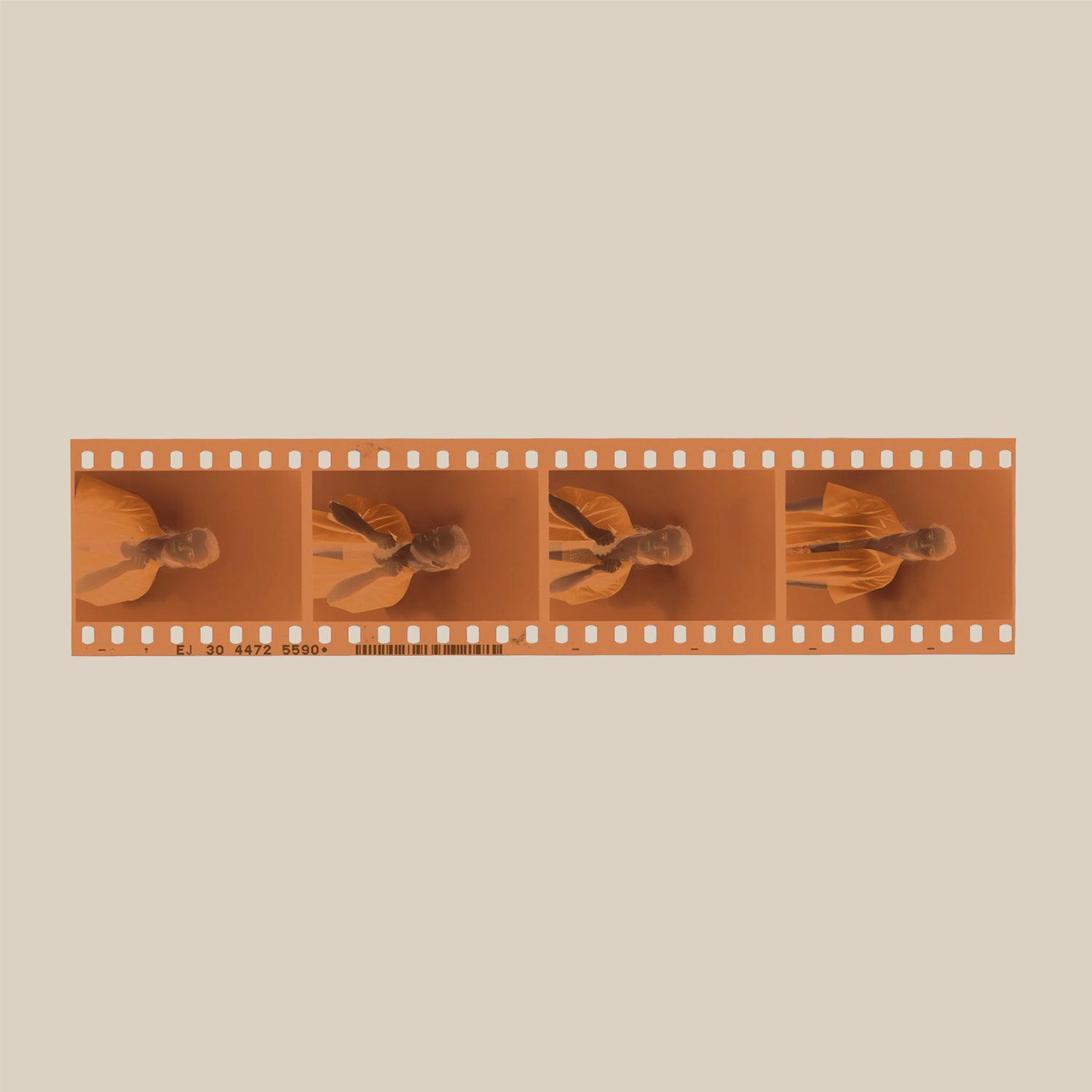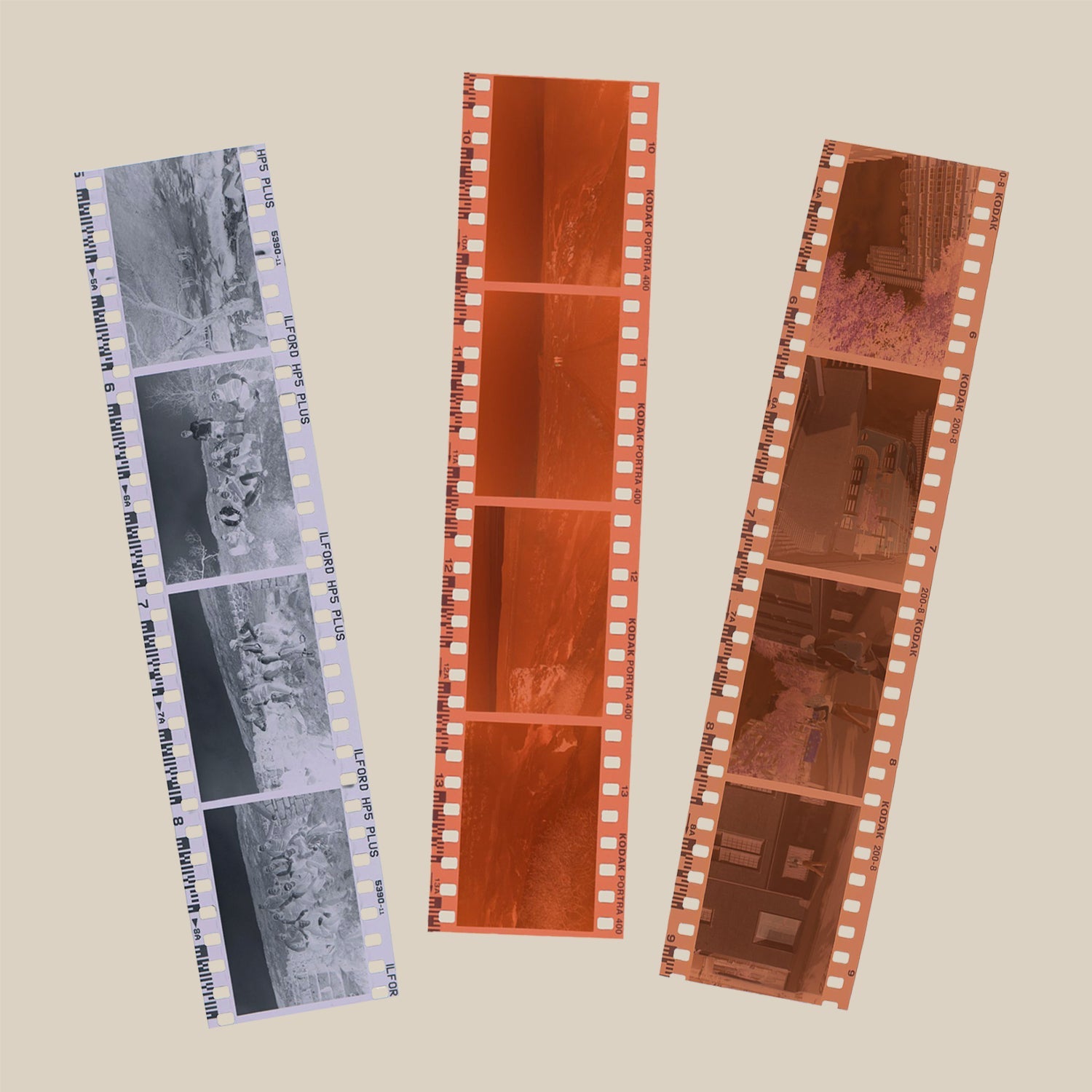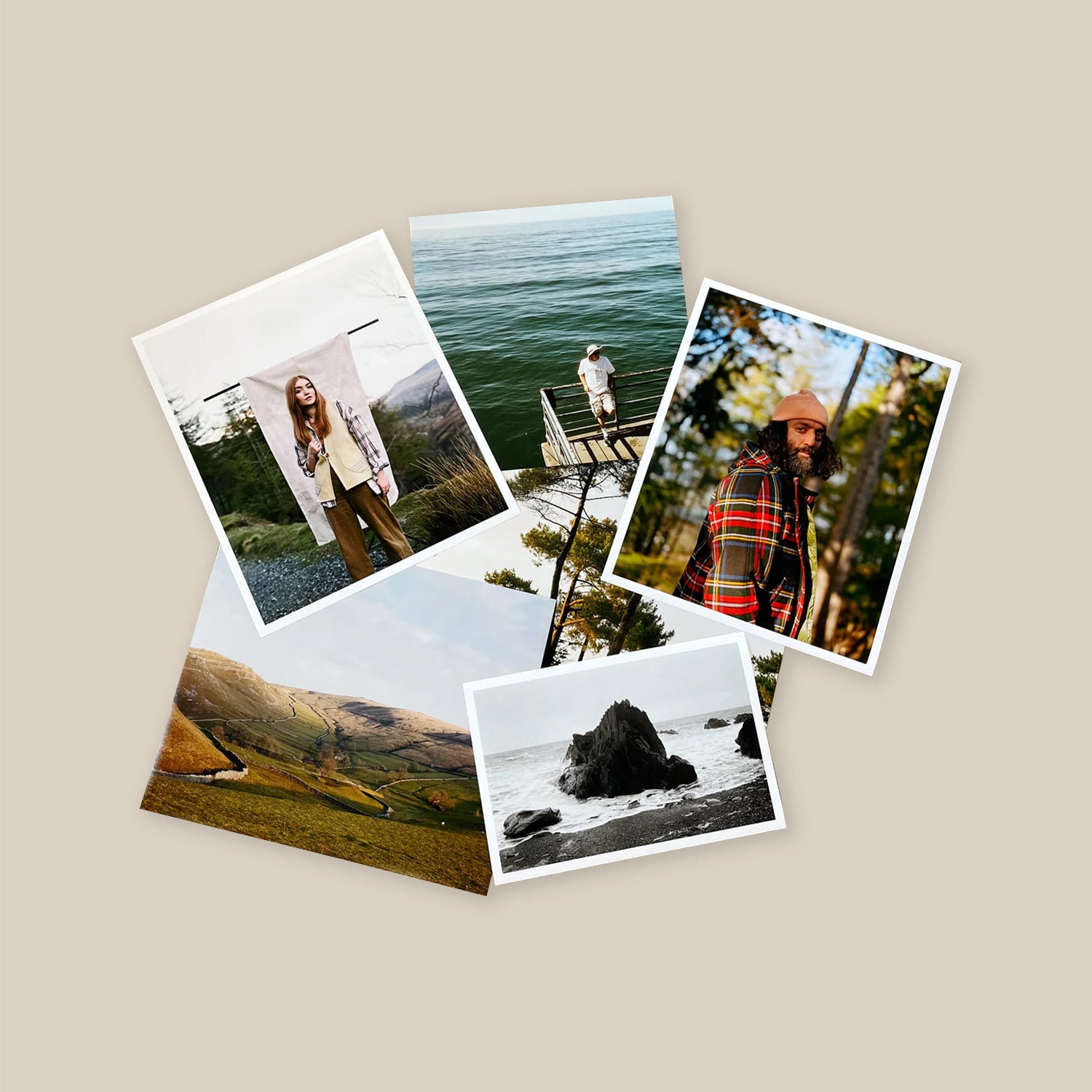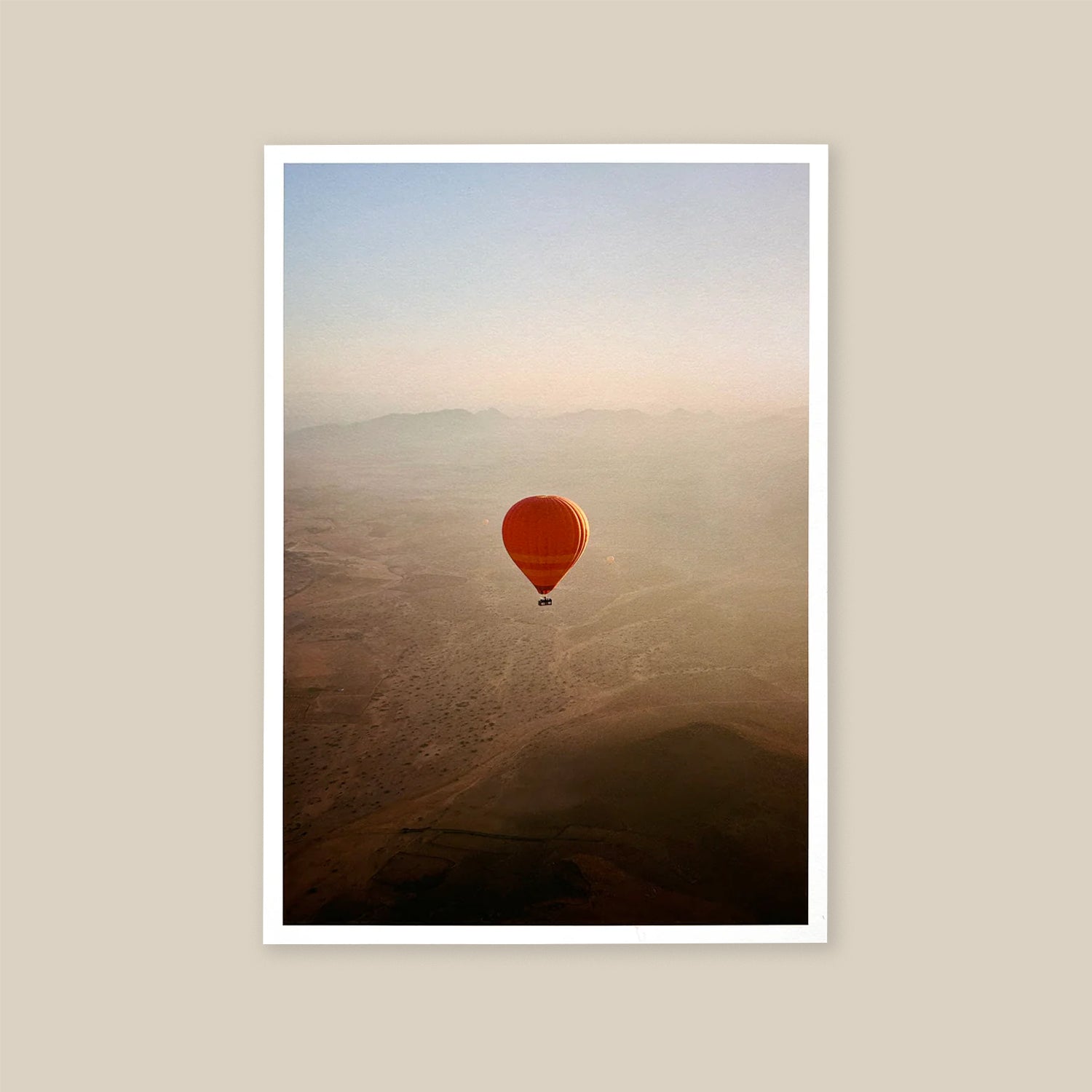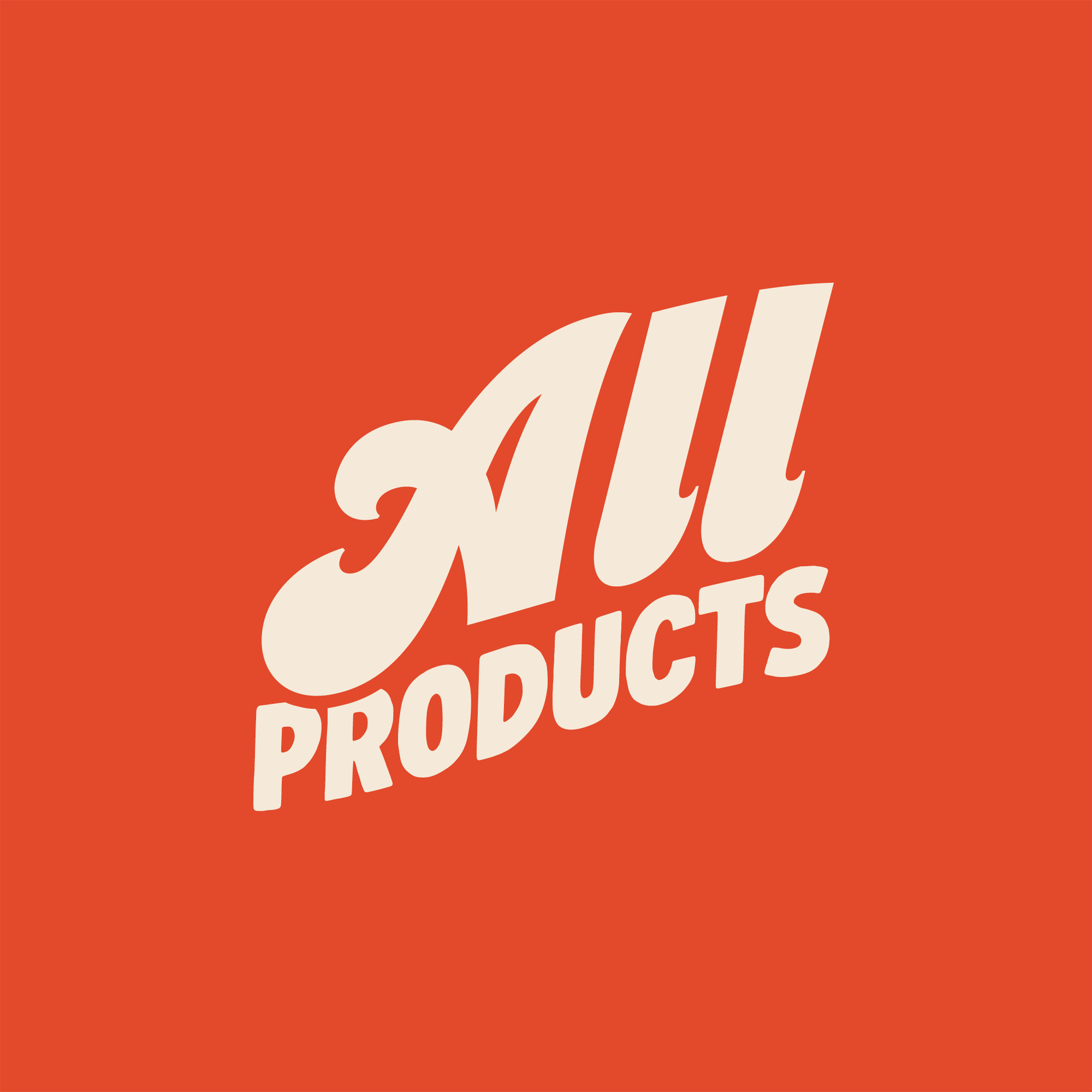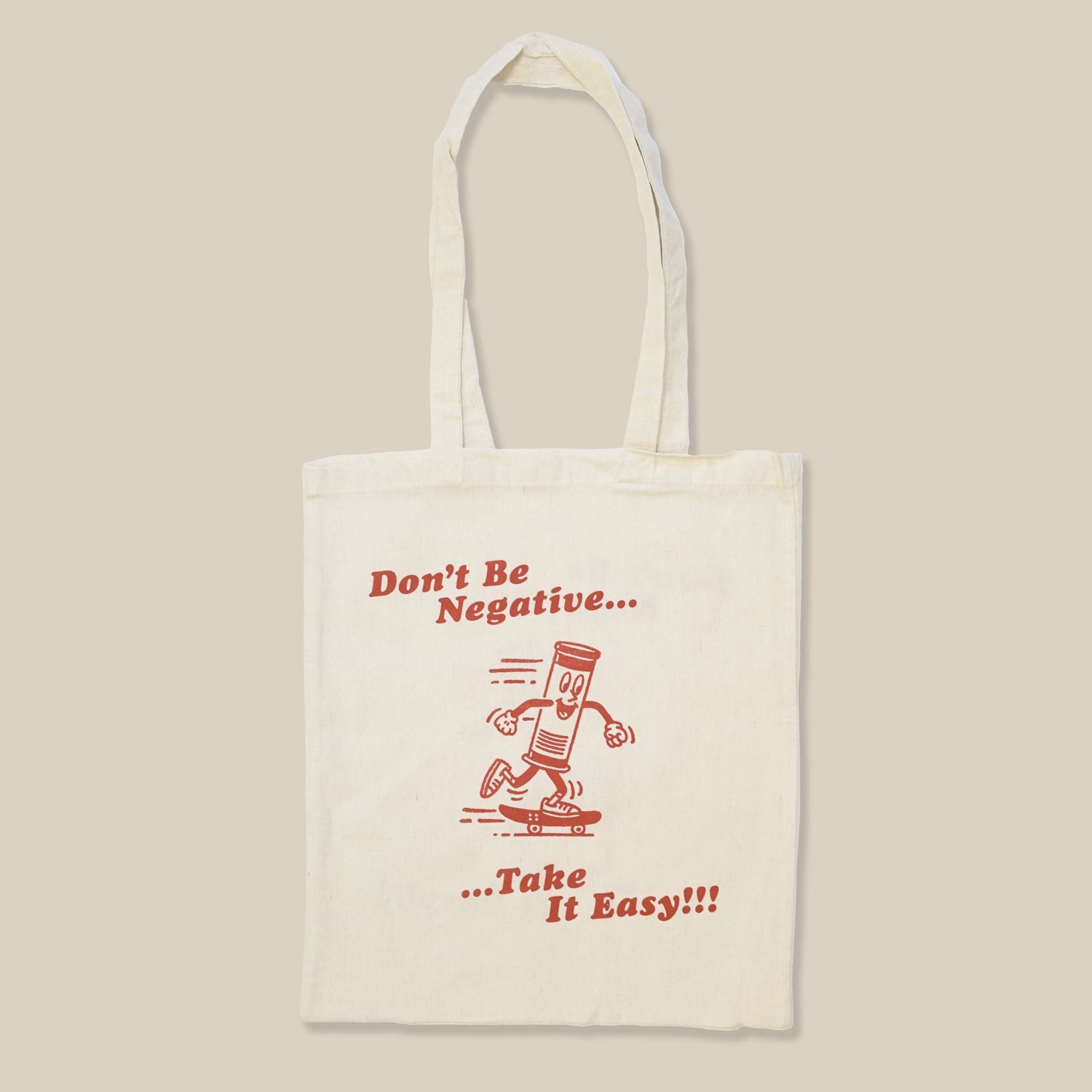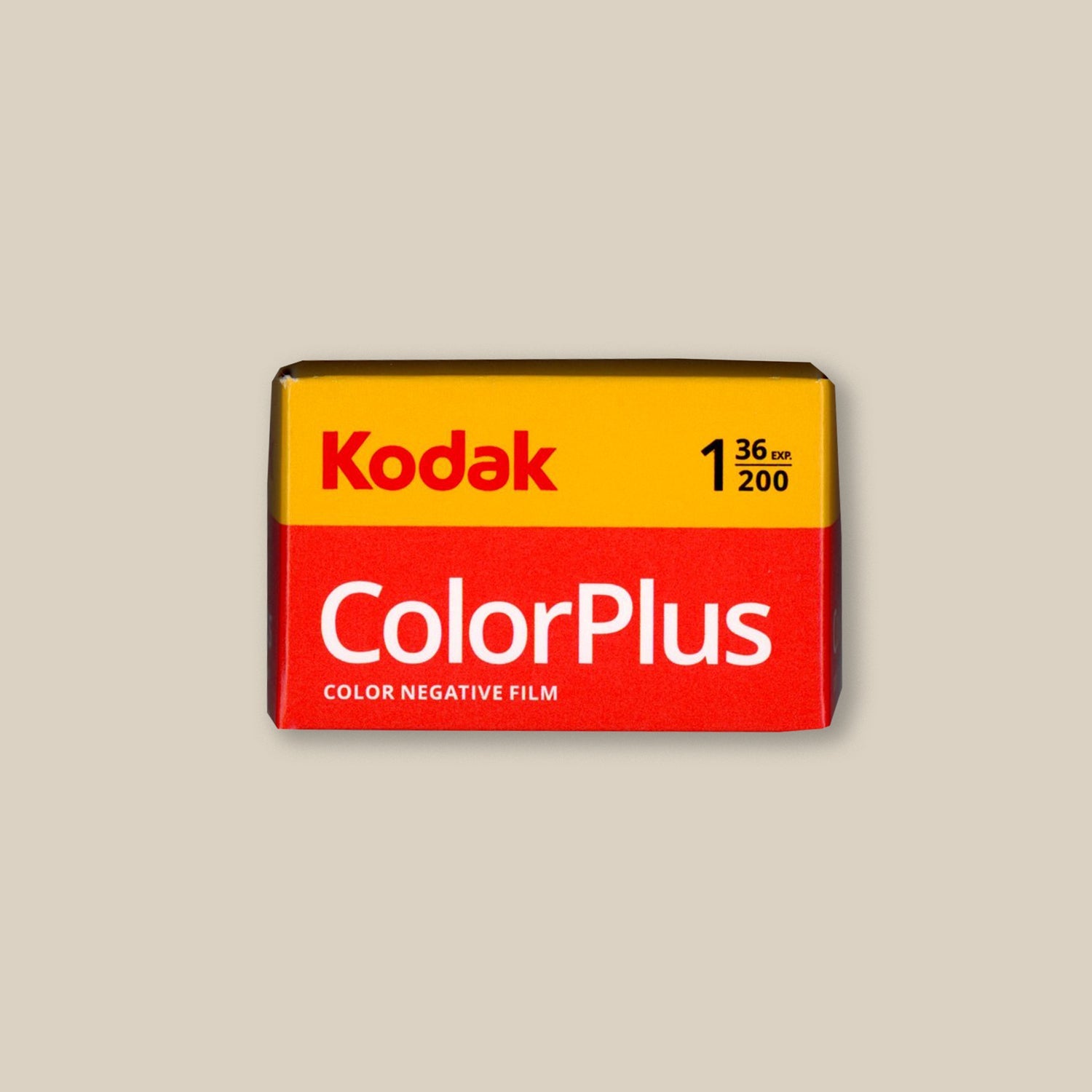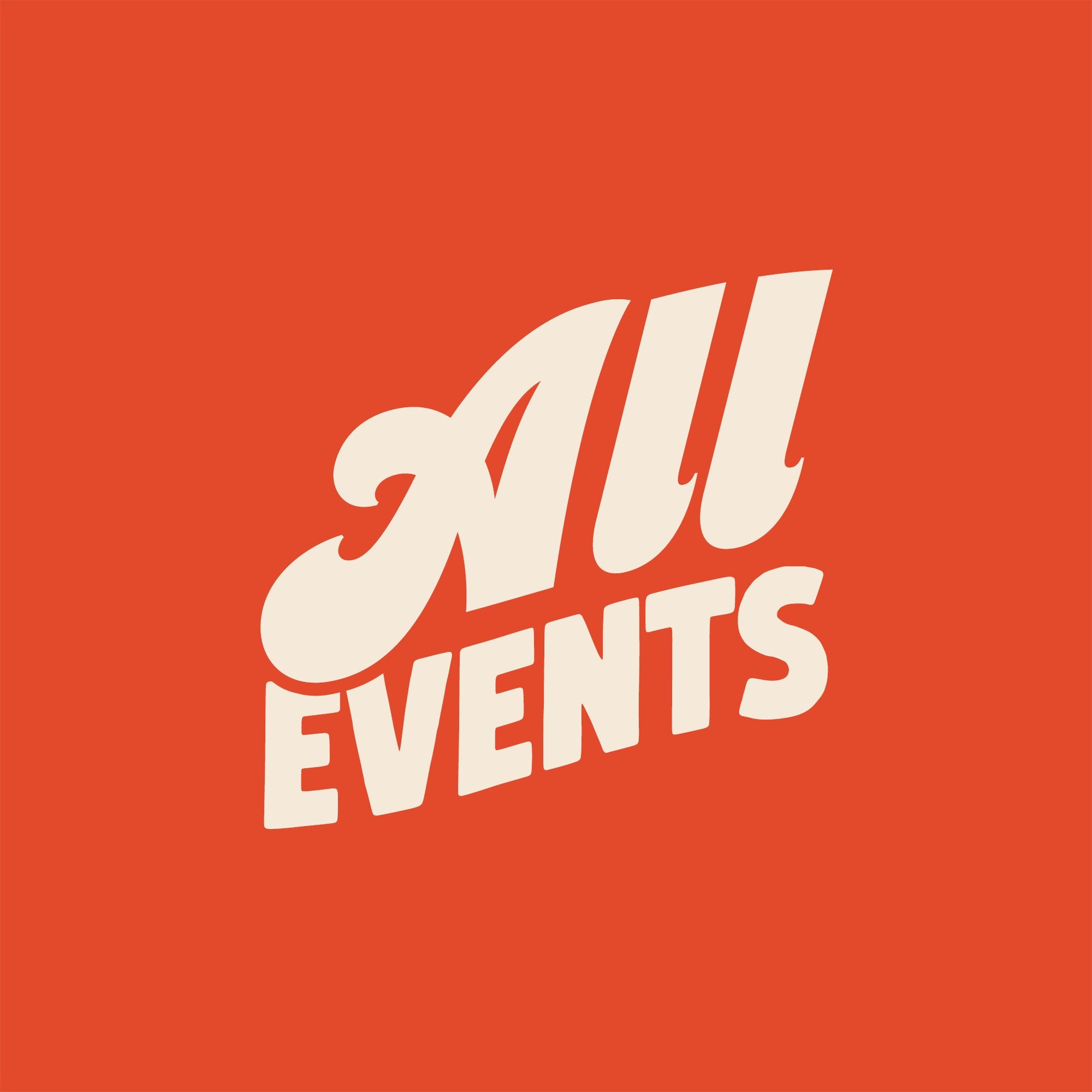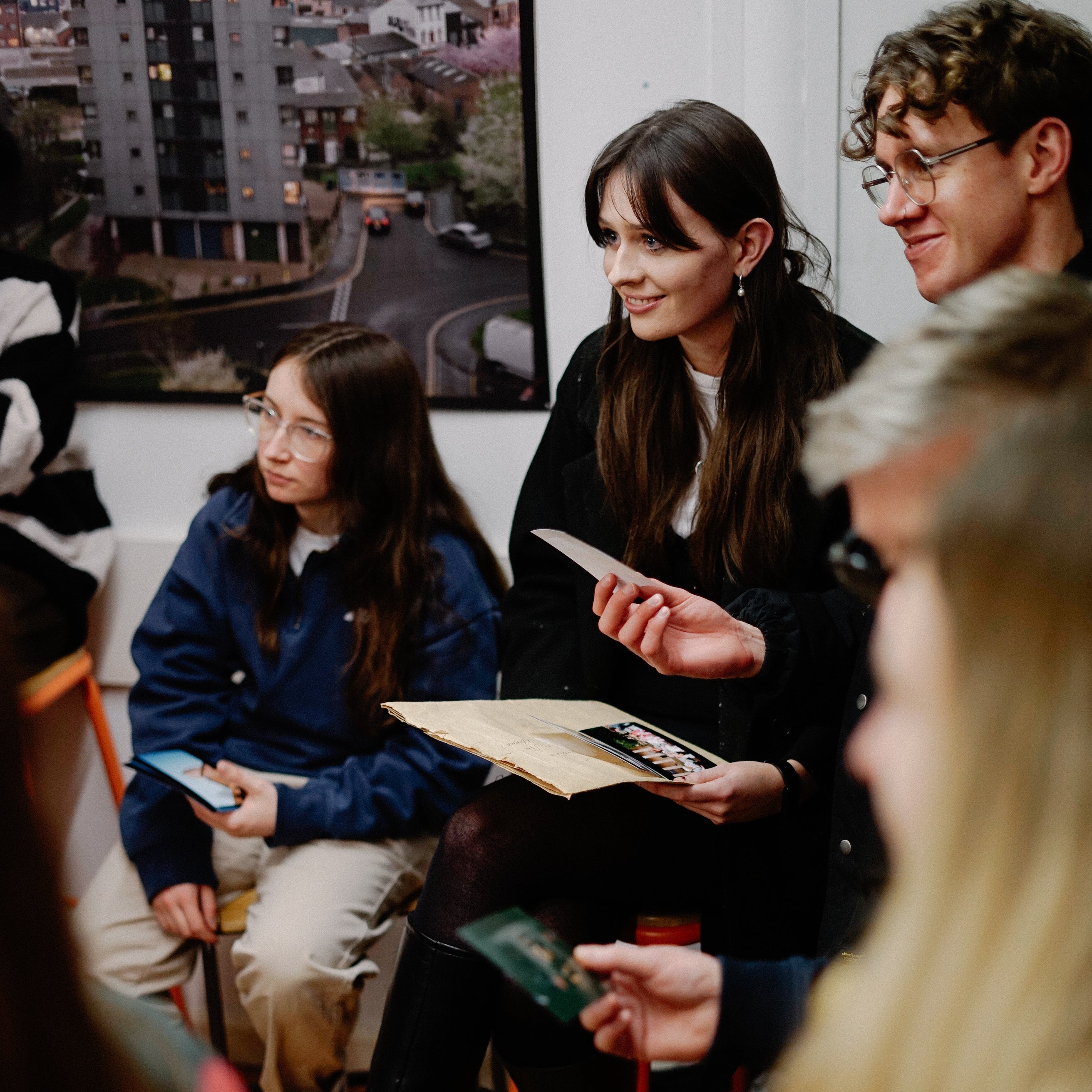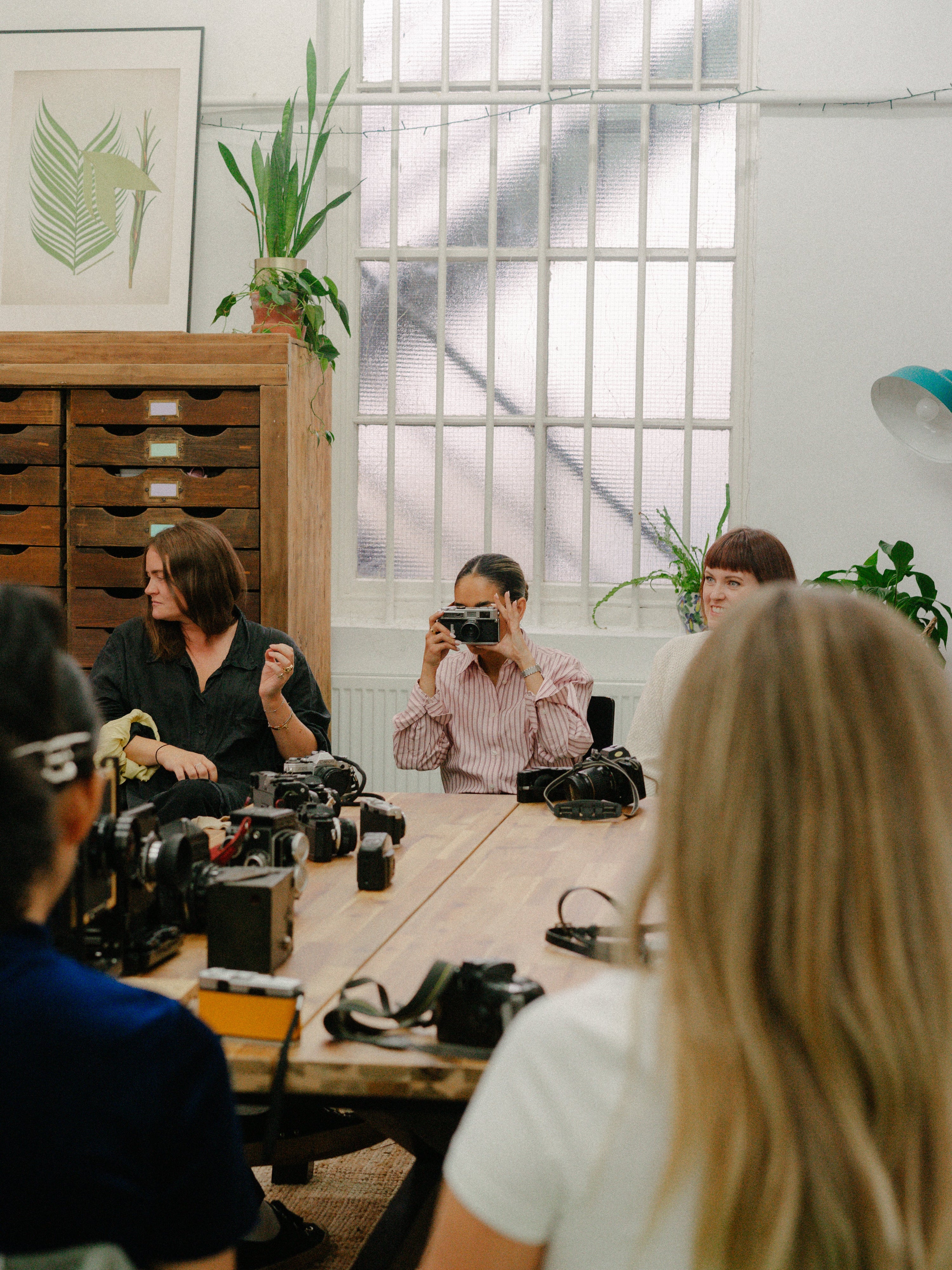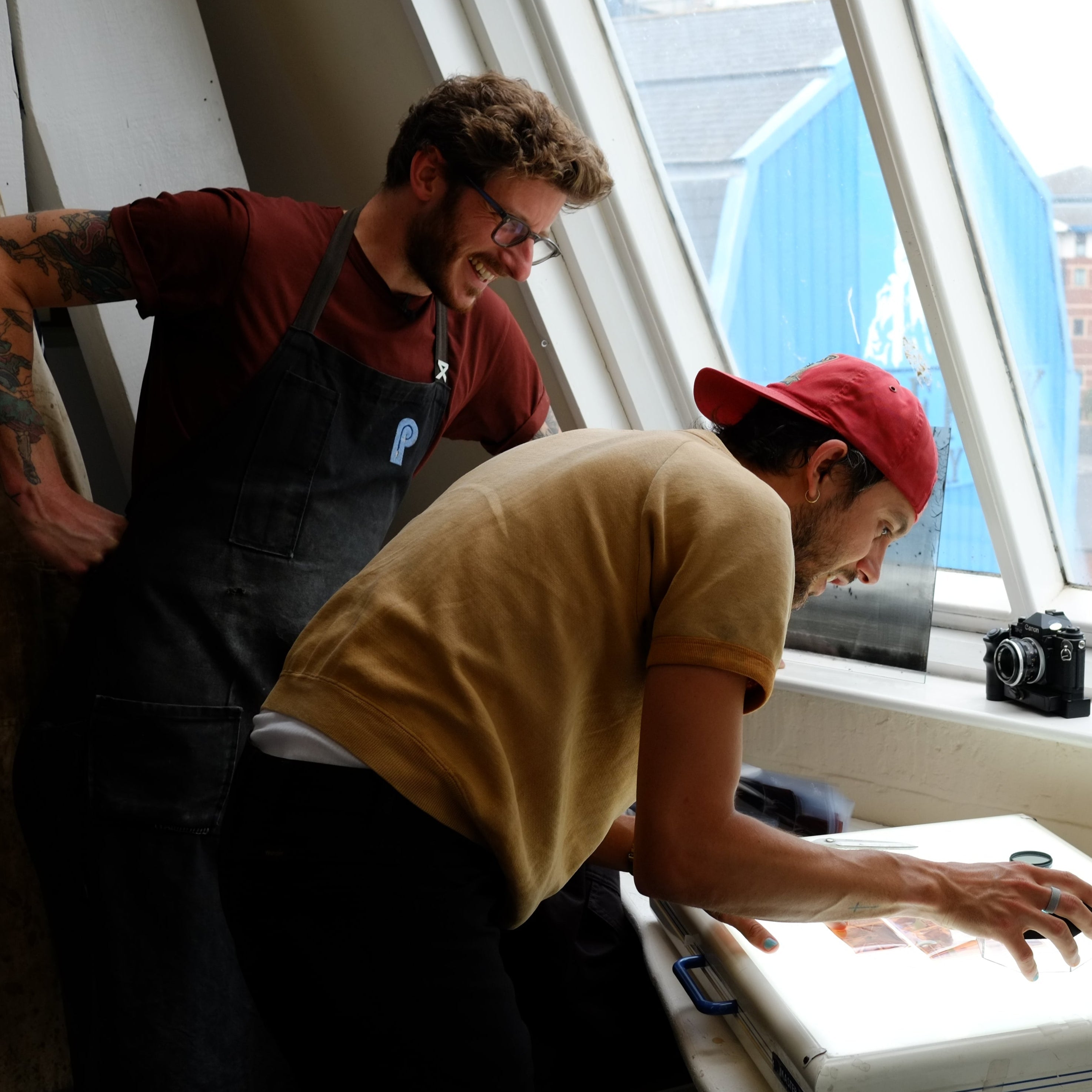

Behind the lens with Gianluca Wagstaff Pignanelli
Late last year photographer and friend of the Lab, Gianluca Wagstaff Pignanelli, held his first solo exhibition - Southbound. The sold out show at Ginger Works was a project that was born out of a road trip he took with his partner in summer. The three week journey started in Rome and traveled back to Calabria in southern Italy where he spent his early childhood. The work involved a collection of landscapes and collected artefacts that were found or along the way.
We loved getting to see the images we’d developed and scanned for Gianluca in an exhibition setting - especially because they were accompanied by some incredible Italian cuisine served up by Gianluca’s family.
After such a successful solo show, we wanted to sit down with Gianluca to reflect on his experience of producing Southbound, discover more about the work, and get his advice for anyone looking to undertake something similar.

For those who don't know you, please can you introduce yourself and tell us a little bit about your background in photography?
Hello! My name is Gianluca Wagstaff Pignanelli. I’m a British Italian visual artist and my work usually delves into themes of heritage and social geography through the use of photography, archives and collage. I started taking photographs when I was around 18. I was studying a visual arts course at college and was trying my hand at different mediums such as painting, drawing and printmaking. It was after an induction we did in the darkroom that I became obsessed with the process and the science behind developing a roll of film. Fast forward 6 years, I’m now in my final year of studying a degree in Photography.
For ‘Southbound’ you returned to Italy, why was it important to you to take this road trip?
Going back has always been at the top of my ‘to do’ list. I always felt there was a part of me still there from when we left. I was in Italy between the ages of 3 and 9 - these are the years where you’re just about old enough to start remembering things and old enough to start placing things on a timeline. Mine very much starts from when we were in Calabria. The road trip was always a holiday first and a body of work second but it was never planned for photography reasons.

What was your favourite thing about creating this body of work?
My favourite thing about making this body of work was that I was able to do it alongside my partner, Alex. She’s far more creative than I am and having her there with me certainly reinstated the purpose of making this work. I was able to share places and memories with her that I had locked away in my head from when I was a little kid. Alex shot some moving images on a Super 8 that is yet to be finished, so I’m excited to see how that turns out. Having the freedom of both of us being out there making things was special.
How did your final work evolve and change from your initial idea to what you ended up showing?
It was interesting because it was never shot for it to be put up on walls. It was never meant to be anything more than for myself. Even when I initially had a flick through the scans, I had this view of only looking at the ones that I remembered taking or instantly like. There were ones that made the final cut that were a front runner right from the start. It’s weird but when you start having photographs printed and you live with them for a while you see them differently, they almost have a whole life of their own – LET THEM BREATH! If I were to do it again I'd probably do it differently. I'd maybe include different types of work to build a better narrative around the pictures chosen but that always happens, especially as a creative – you’re never satisfied.

What was your process for editing down what images made the final cut?
Through plenty of procrastination the bulk of the editing was done within the final couple of weeks before the exhibition. It involved plenty of time spent in the print room testing out different paper stocks and sizes. I’d printed out around 25 potential images small enough to put on a wall or spread across my bedroom floor. I started by looking at sequencing, swapping around the arrangement and changing out the ones I felt didn’t go with the flow of the order. As the project was a road trip, I had a natural sequence of the order in which they were taken in and I very much leant towards that. The final cut was made the day before once I had all the prints framed and the wall space to move them about on. I had one huge print at A0 which I had to take into consideration as it was the centrepiece of the show, so looking at the ergonomics of the room and how people would move around the space and interact with each photograph was important.
Why did you choose to shoot on film and how did this impact on this project?
Without trying to sound too cliché, I’ve always shot on film since getting my first ever camera when I was a teenager. So, it was never a conscious decision as such, it was more so out of not knowing any other way. If you were to ask me to work an all-singing, all-dancing digital camera I can honestly say I wouldn’t know where to start. Shooting film has added an element of patience and consideration to my practise, knowing you can’t blast off 50 frames of a single scene to then make sure you have the perfect one. I mean you can, but you’d probably be bankrupt.

What were the biggest problems you had to overcome when undertaking this project?
I’d never done an exhibition before, so the biggest problem I had was that everything I did in preparation for this was completely done going in blind. It was entirely trial and error. Sourcing frames, sizing the print to the mount size, trimming prints by hand, thinking about how the frames would be displayed, food, drinks, music, the list goes on. Saying all that, as soon as it kicked off I knew that it was all worthwhile.
How did it feel seeing everyone at your exhibition and was it important for you to have your family there?
I couldn’t have asked for a better evening. It was so warming to see so many people from so many different parts of my life all in the same room. Having my parents there handing out food and drinks from my family’s restaurant brought everything and everyone together. It added an extra personal element as in Italy meals are a time for everyone to come together
What advice would you give to anyone who wanted to embark on a photography project like this?
My advice for a project like this is to not get too caught in the photos themselves, I think because this was shot alongside a holiday, it was easy for me to separate the two. It made me take a more relaxed approach with it. If the photos came, they came. It was never the case of chasing the perfect photograph. I think you can get lost in that and often miss that natural emotion or feeling behind a setting. Another piece of advice is if you’re traveling in a camper van is not to park it in Naples overnight. It won’t be there when you return.

What advice would you give to anyone putting on their first solo exhibition?
Spend as much time in the exhibition space as possible, I can’t stress that enough. I caused myself so much stress because I had only visited the space twice before the show and both times there was somebody else's work up. You need to be able to visualise and get a feel of the place. Another thing would be to get your frame sizes fitted to your prints before printing them. You can change the size of a print but you can’t change the size of a frame. Don’t try to go for a ‘greatest hits’ of your work. I think it is easy to do that when you know people are going to be judging your work but be true and go with your gut. Often the ones you think are the weakest are the best.
Do you have any plans for your next project?
My next project very much stays on similar themes of my Italian heritage and how it has impacted my relationship with my father. My plan is to retrace my father’s journey from when he first came from Italy to England when he was only 17, hitchhiking through Europe all the way to Calais. A lot of my work is often introspective. As my family moved around a lot when I was younger, I use photography as my tool to piece things together and understand my family history.
